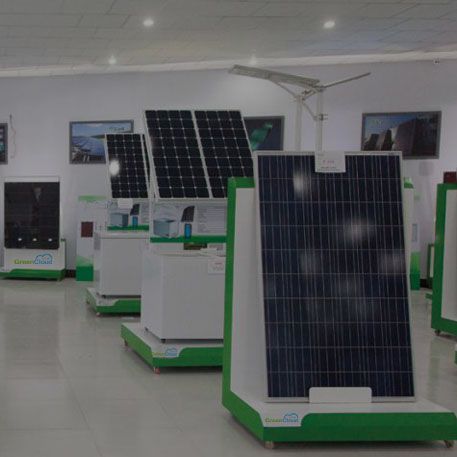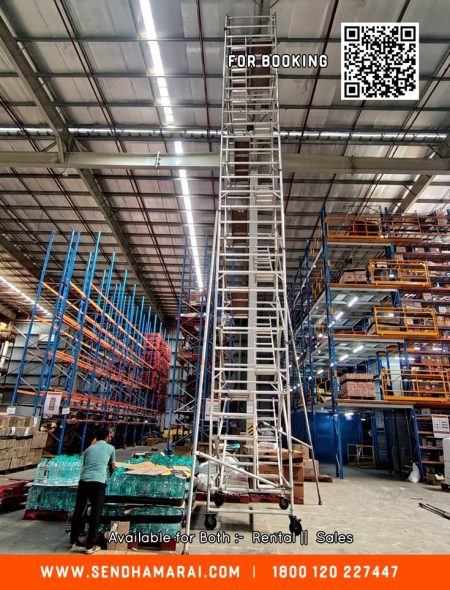Navigating the New Zealand solar market can seem daunting, with a myriad of options for panels, inverters, and batteries. Choosing the “right” solar deal isn’t just about finding the lowest price; it’s about selecting a system that perfectly aligns with your household’s energy needs, budget, and long-term goals. This guide will help you understand the key components and considerations to make an informed decision.
1. Assess Your Energy Needs and Goals
Before diving into specific products, understand what you want your solar system to achieve solar deals nz.
- Current Energy Consumption: Review your past electricity bills to determine your average daily and monthly kWh usage. This will help size your system accurately.
- Future Energy Needs: Are you planning to get an electric vehicle (EV), install a heat pump, or increase your household size? Factor in any anticipated increases in electricity demand.
- Goals:
- Reduce Electricity Bills: If your primary goal is to lower your monthly power bill, a grid-tied system sized for your daytime consumption might suffice.
- Energy Independence/Backup Power: If you want to use solar power at night or during outages, battery storage is essential.
- Environmental Impact: Maximizing self-consumption and reducing reliance on the grid contributes significantly to your carbon footprint reduction.
2. Selecting the Right Solar Panels
Solar panels are the foundation of your system, converting sunlight into electricity.
- Efficiency: Higher efficiency panels convert more sunlight into electricity per square meter, meaning you might need fewer panels or can generate more power from limited roof space. Modern panels typically range from 18% to over 22% efficiency.
- Wattage: Panels come in various wattages (e.g., 350W, 400W, 450W). A higher wattage panel produces more power individually.
- Brand and Warranty: Opt for reputable Tier 1 manufacturers known for quality and longevity. Look for performance warranties (guaranteeing a certain output after 20-25 years) and product warranties (covering manufacturing defects, usually 10-12 years).
- Physical Characteristics: Consider the aesthetics (e.g., all-black panels) and physical size to ensure they fit your roof space effectively.
3. Choosing the Ideal Inverter
The inverter is the “brain” of your solar system, converting the DC electricity from panels into usable AC electricity.
- String Inverters: Most common and cost-effective for simple grid-tied systems. All panels in a string are connected, so if one panel is shaded, it can affect the output of the entire string.
- Microinverters: Installed on individual panels, they optimize each panel’s output independently. Ideal for roofs with partial shading or multiple orientations, and offer panel-level monitoring. They are generally more expensive but can yield higher overall system performance in certain conditions.
- Hybrid Inverters: Essential for systems with battery storage. They can manage power flow between solar panels, batteries, your home, and the grid. Many modern string inverters are “battery-ready,” meaning they can be upgraded to hybrid functionality later. If you plan for battery storage, a hybrid inverter is a must.
- Efficiency and Warranty: Look for high conversion efficiency (95-98%) and a solid warranty (typically 5-12 years, extendable).
4. Deciding on Battery Storage
Battery storage allows you to store excess solar energy for later use, enhancing independence and providing backup power.
- Capacity (kWh): This determines how much energy the battery can store. A 5 kWh battery might cover essential loads for a few hours, while 10-15 kWh offers more substantial backup.
- Power Output (kW): This indicates how much electricity the battery can deliver at any given moment. Ensure it can handle your critical loads.
- Chemistry: Lithium-ion batteries (e.g., LiFePO4) are common due to their efficiency, longevity, and safety.
- Round-Trip Efficiency: Measures how much energy is lost during the charging and discharging cycle (aim for 90% or higher).
- Brand and Warranty: Choose reputable battery manufacturers with good warranties (often 10 years or a certain number of cycles).
- Cost vs. Benefit: Batteries add significant cost to a solar system (e.g., $6,000-$15,000+ for residential sizes). Evaluate if the benefits of backup power and increased self-consumption justify the investment based on your energy habits and local grid reliability.
5. Comparing Installers and Deals
Once you have an idea of your ideal system components, it’s time to compare offers.
- Get Multiple Quotes: Obtain detailed, itemized quotes from at least three different SEANZ-accredited installers.
- Review Inclusions: Ensure quotes clearly state all components, installation costs, permitting fees, and grid connection services.
- Check Finance Options: Inquire about green home loans from major NZ banks (ANZ, ASB, BNZ, Westpac, Kiwibank) that offer low or 0% interest rates, making the investment more manageable.
- Read Reviews: Look for customer testimonials and reviews to gauge installer reputation and service quality.
By carefully considering these factors, you can confidently choose a solar deal that provides long-term energy savings, reliability, and contributes to a greener New Zealand.



